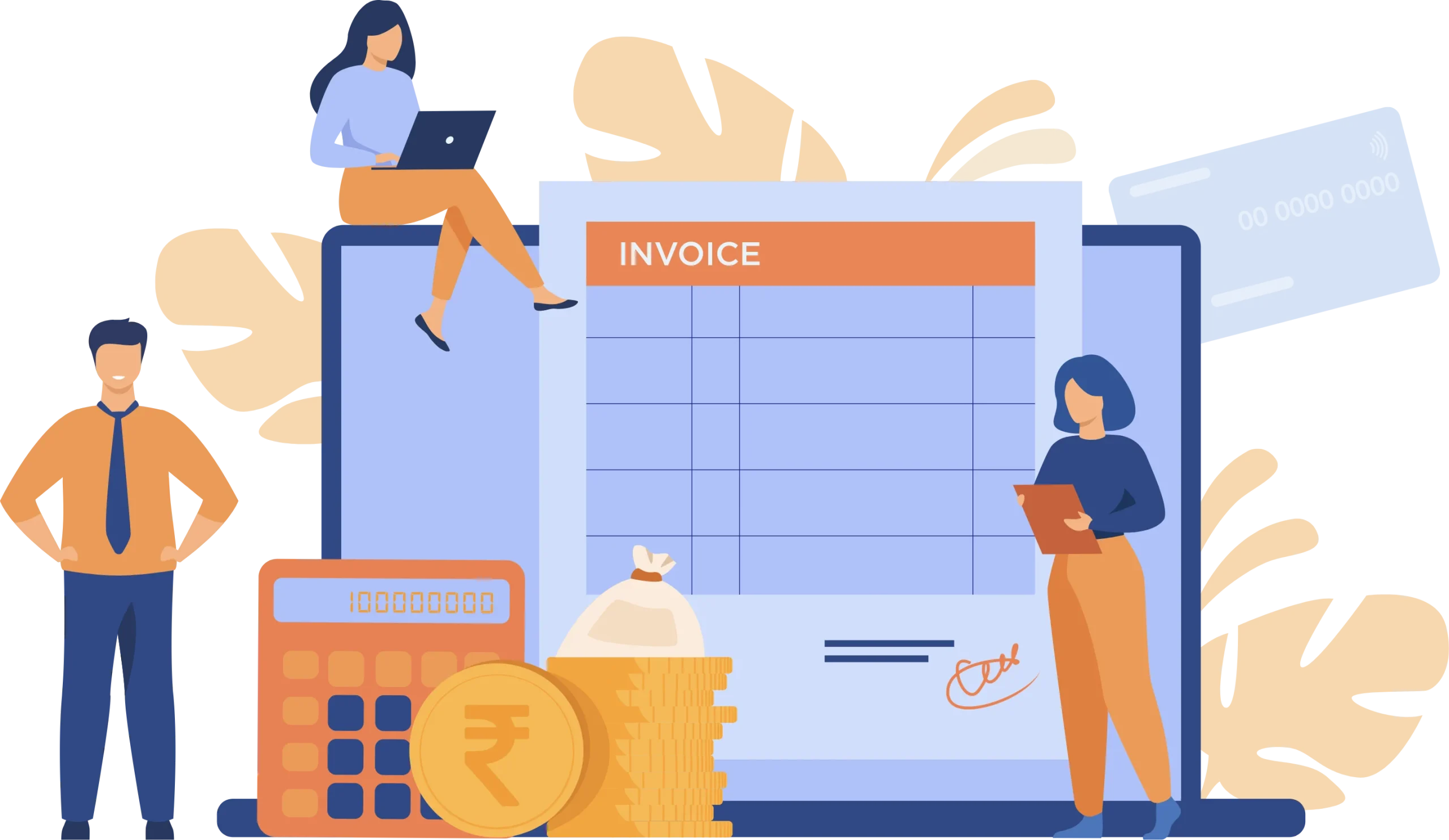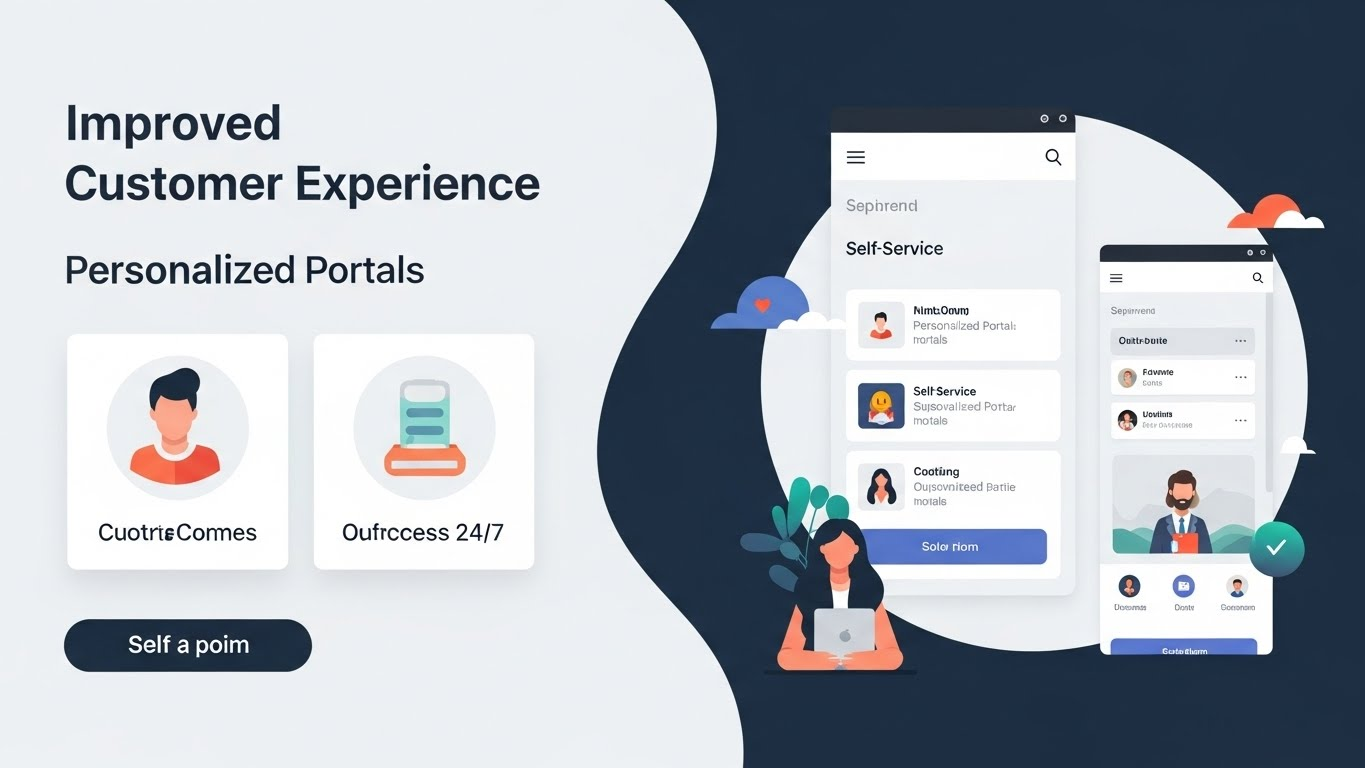Managing payroll efficiently is critical for any organization’s success in today’s fast-paced business environment. Payroll software automates and simplifies compensating employees, ensuring compliance with tax regulations, reducing manual errors, and enhancing overall business productivity. With a variety of options available, choosing the right payroll software can seem overwhelming. This guide will walk you through payroll software, its benefits, and the top payroll solutions for businesses, particularly focusing on the U.S. marketplace.
What is Payroll Software?
Payroll software is a digital tool designed to automate the process of managing employee salaries, deductions, bonuses, tax calculations, and overall payment distribution. It streamlines complex payroll tasks, such as calculating wages, withholding taxes, and ensuring timely payments. It can also manage timekeeping, benefits administration, and compliance with labor laws.
Payroll software typically integrates with other financial and human resource systems to ensure seamless data flow across departments. It is particularly useful for businesses of all sizes, helping them save time, reduce errors, and improve compliance.
Key Features of Payroll Software
- Automated Payroll Processing: Payroll software automates the calculation of salaries, deductions, and taxes. It ensures that employees are paid on time and according to the rules set by the business and the law.
- Tax Management: One of the most important aspects of payroll is ensuring compliance with federal, state, and local tax regulations. Payroll software calculates the correct tax deductions, files taxes on behalf of the business, and ensures compliance with ever-changing tax laws.
- Direct Deposits: Most payroll software solutions provide direct deposit features, enabling businesses to send salaries directly to employees’ bank accounts, ensuring timely and secure payments.
- Employee Self-Service: Modern payroll platforms often include employee portals where workers can access their pay stubs, tax documents, and benefits information.
- Integration with Time Tracking: Integrating payroll with time and attendance tracking helps businesses manage overtime, time-off requests, and ensures accurate payroll.
- Compliance Management: Payroll software helps businesses stay compliant with employment laws, including overtime rules, wage and hour regulations, and tax laws. Many systems update automatically to comply with new legislation.
- Reporting and Analytics: Payroll software provides detailed reports on payroll costs, tax liabilities, and workforce productivity, helping businesses make informed financial decisions.
- Mobile Access: Many modern payroll software platforms offer mobile applications, enabling businesses and employees to access payroll information on the go.
Benefits of Payroll Software
1. Time Efficiency
Manual payroll processing is time-consuming and prone to errors. Automating this process allows HR departments to focus on more strategic tasks. Payroll software significantly reduces the time spent on payroll calculations, tax filings, and compliance, streamlining the entire payroll process.
2. Cost Savings
Payroll errors can result in significant financial penalties, especially if tax filing mistakes occur. Payroll software minimizes the risk of such errors, ensuring accuracy in calculations and compliance. Additionally, it reduces administrative costs by automating time-intensive processes.
3. Accuracy
One of the most significant advantages of payroll software is its ability to minimize human error. By automating calculations and processes, payroll software ensures that employee payments, tax deductions, and bonuses are accurate.
4. Compliance
Staying compliant with local, state, and federal laws can be challenging, especially for businesses that operate across multiple jurisdictions. Software information ensures that businesses adhere to all applicable labor laws and tax regulations by automatically updating compliance rules as legislation changes. Many businesses find that partnering with dedicated payroll services offers an unparalleled level of assurance, combining advanced automation with human oversight to guarantee adherence to all statutory requirements. This comprehensive approach ensures accurate tax calculations, timely submissions, and proper management of schemes like auto-enrolment, significantly mitigating the risk of penalties and freeing up valuable internal resources.
5. Employee Satisfaction
By automating payroll processes and providing timely payments, payroll software helps improve employee satisfaction. Employees can also access their pay stubs, tax documents, and benefits information through self-service portals, enhancing transparency and convenience.
6. Scalability
Payroll software grows with your business. Whether you’re managing payroll for ten employees or thousands, payroll software can scale to accommodate your business’s changing needs.
Best Payroll Software (U.S. Market)
1. Gusto
Gusto is one of the most popular payroll software solutions, particularly for small and medium-sized businesses in the U.S. It offers a full-service payroll system that includes direct deposits, tax filing, and employee self-service. One of Gusto’s standout features is its simplicity and ease of use. It also offers benefits administration, including health insurance, retirement plans, and workers’ compensation.
Key Features:
- Automated tax filing
- Benefits administration
- Time tracking integration
- Employee self-service portal
- Compliance management
Gusto is particularly well-suited for businesses that need a user-friendly interface and robust support in managing HR-related functions.
2. ADP
ADP is one of the largest and most well-known lead capture software providers in the world, trusted by businesses of all sizes. ADP offers an all-in-one solution for payroll, HR, and benefits administration. It’s known for its robust tax management features, which help businesses stay compliant with federal, state, and local laws.
Key Features:
- Payroll and tax automation
- HR management tools
- Benefits administration
- Employee time and attendance tracking
- Detailed reporting and analytics
ADP is ideal for businesses seeking a scalable and customizable payroll system with advanced features.
3. Paychex
Paychex is a cloud-based payroll software designed for small and medium-sized businesses. It offers payroll processing, tax filing, and HR management tools. Paychex also provides employee self-service, where employees can access pay stubs, W-2 forms, and tax information.
Key Features:
- Tax filing and compliance management
- Employee self-service portal
- Time tracking integration
- Mobile access
- Reporting and analytics
Paychex is particularly suitable for businesses looking for a comprehensive payroll solution with strong HR and compliance features.
4. QuickBooks Payroll
QuickBooks Payroll, part of the QuickBooks accounting suite, is an excellent option for businesses that already use QuickBooks for accounting. It integrates seamlessly with the broader QuickBooks ecosystem, providing automated payroll processing, tax filing, and direct deposits.
Key Features:
- Automated payroll processing
- Tax filing and compliance
- Integration with QuickBooks accounting
- Benefits management
- Employee self-service portal
QuickBooks Payroll is ideal for small to medium-sized businesses that need an integrated accounting and payroll solution.
5. OnPay
OnPay is a cloud-based payroll solution designed for small businesses. It offers full-service payroll, including tax filing, benefits management, and compliance features. OnPay is known for its affordability and ease of use, making it a popular choice for small business owners.
Key Features:
- Full-service payroll and tax filing
- Benefits management
- Compliance with tax and labor laws
- Employee self-service
- Time tracking integration
OnPay is an excellent option for small businesses looking for an affordable and easy-to-use payroll solution.
How to Choose the Best Payroll Software
1. Business Size
The size of your business plays a significant role in determining the best payroll software for you. Smaller businesses might prefer solutions like Gusto or OnPay, which offer easy-to-use interfaces and affordable pricing. Larger businesses may require more advanced features, such as those offered by ADP or Paychex, which provide greater scalability and comprehensive HR management tools.
2. Integration
If your business uses other software systems such as accounting, HR, or time-tracking tools, it’s important to choose a payroll solution that integrates seamlessly with those systems. QuickBooks Payroll, for instance, integrates smoothly with the QuickBooks accounting platform, making it ideal for businesses already using QuickBooks.
3. Compliance Needs
Staying compliant with tax laws and labor regulations is critical, and different payroll software options offer varying levels of compliance support. ADP and Paychex are known for their robust compliance management features, which are particularly useful for businesses operating in multiple states or jurisdictions.
4. Employee Self-Service
Many businesses find that offering employees access to their payroll information, such as pay stubs, tax forms, and benefits, through a self-service portal can save significant time. Most payroll platforms, including Gusto, Paychex, and QuickBooks Payroll, offer employee self-service portals.
5. Cost
Budget is always a key consideration when choosing payroll software. Some platforms, like OnPay, offer affordable pricing plans for small businesses, while others, like ADP, might be better suited for larger enterprises willing to invest in a comprehensive solution.
Conclusion
Choosing the right payroll software is essential for streamlining payroll processes, ensuring accuracy, and staying compliant with tax laws. The U.S. market offers a wide range of payroll software options, from user-friendly and affordable solutions like Gusto and OnPay to more advanced, scalable platforms like ADP and Paychex. By assessing your business needs, budget, and desired features, you can select the best payroll software to enhance your payroll operations and contribute to your overall business success.


